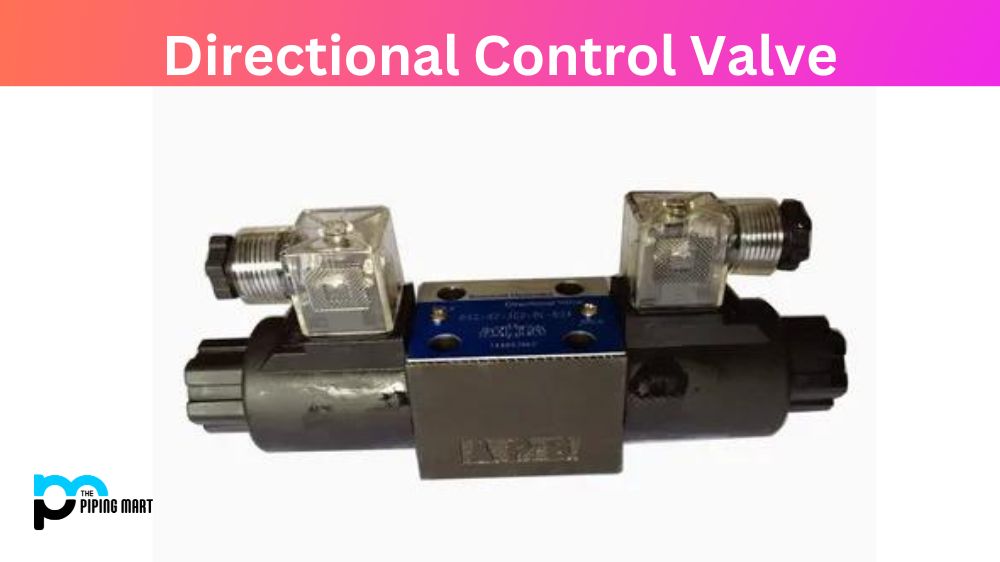Directional control valves are fundamental in hydraulic systems, powering machines and devices in numerous industrial fields. They control the flow and direction of hydraulic fluid in a system. Understanding directional control valves’ properties, uses, and applications is essential to keep your industrial machines running smoothly and efficiently. From basic operations to complex industrial applications, we’ve covered everything you need to know about directional control valves.
What is Directional Control Valve?
A Directional Control Valve is a type of valve used to control the flow direction in fluid power systems. It can be operated manually, pneumatically, or hydraulically and contains a spool that can be moved to direct flow from one port to another. Furthermore, these valves are available in different configurations and sizes based on the application requirement.
Directional Control Valves Properties:
Directional control valves come in various shapes, sizes, and designs. Still, all of them have some significant properties in common. These valves are high-strength materials that can withstand high pressure and temperatures. They have two primary ports, an inlet port and an outlet port, for the hydraulic fluid to enter and leave the valve. Directional control valves have a spool moved manually or automatically to direct the hydraulic fluid’s flow towards the appropriate outlet port. These valves are designed to be reliable, durable, and easy to operate.
Directional Control Valves Uses:
For industrial applications, directional control valves control the direction of the hydraulic fluid flow in machines and devices powered by hydraulic systems. These valves transmit large amounts of energy through hydraulic fluid, powering heavy machinery. Directional control valves also control liquid flow in irrigation systems, helping deliver water and nutrients to crops more efficiently.
Directional Control Valves Applications:
Directional control valves find use in construction, mining, oil, and gas industries. In construction, directional control valves are used in hydraulic excavators, bulldozers, and backhoes. In mining industries, they are used in continuous and long-wall mining machines. Directional control valves are used in hydraulic fracturing and stimulation in the oil and gas industry. Other applications include mobile and marine hydraulic systems and power plant equipment such as high-pressure feed pumps.
How to use a Directional Control Valve:
Using a directional control valve requires careful operation and knowledge of the system. Before operating a directional control valve, one should always read the manufacturer’s instructions and safety procedures. Ensure that pressure sensors and safety relief valves are installed to avoid sudden changes in pressure within the hydraulic system. Always use a flow control valve to control the flow rate of hydraulic fluid. Remember to wear the appropriate PPE gear, including gloves and goggles, when handling hydraulic systems.
Conclusion:
In conclusion, directional control valves are vital in powering industrial machinery and devices. Knowing these valves’ properties, uses, and applications is essential to keep hydraulic power systems functioning efficiently. By using and maintaining them correctly, you can increase the lifespan of your hydraulic system and ensure that your machines work efficiently. Always follow safety procedures and use appropriate PPE gear to prevent accidents and injuries. If you have questions about directional control valves, consult professionals to ensure safe and efficient operation.
Meet Heer, a dynamic and driven writer learning tricks of her trade in the metal industry. With a background in Digital Marketing, Heer brings a unique perspective to her writing, sharing valuable insights. Apart from blogging she like reading and hiking.




